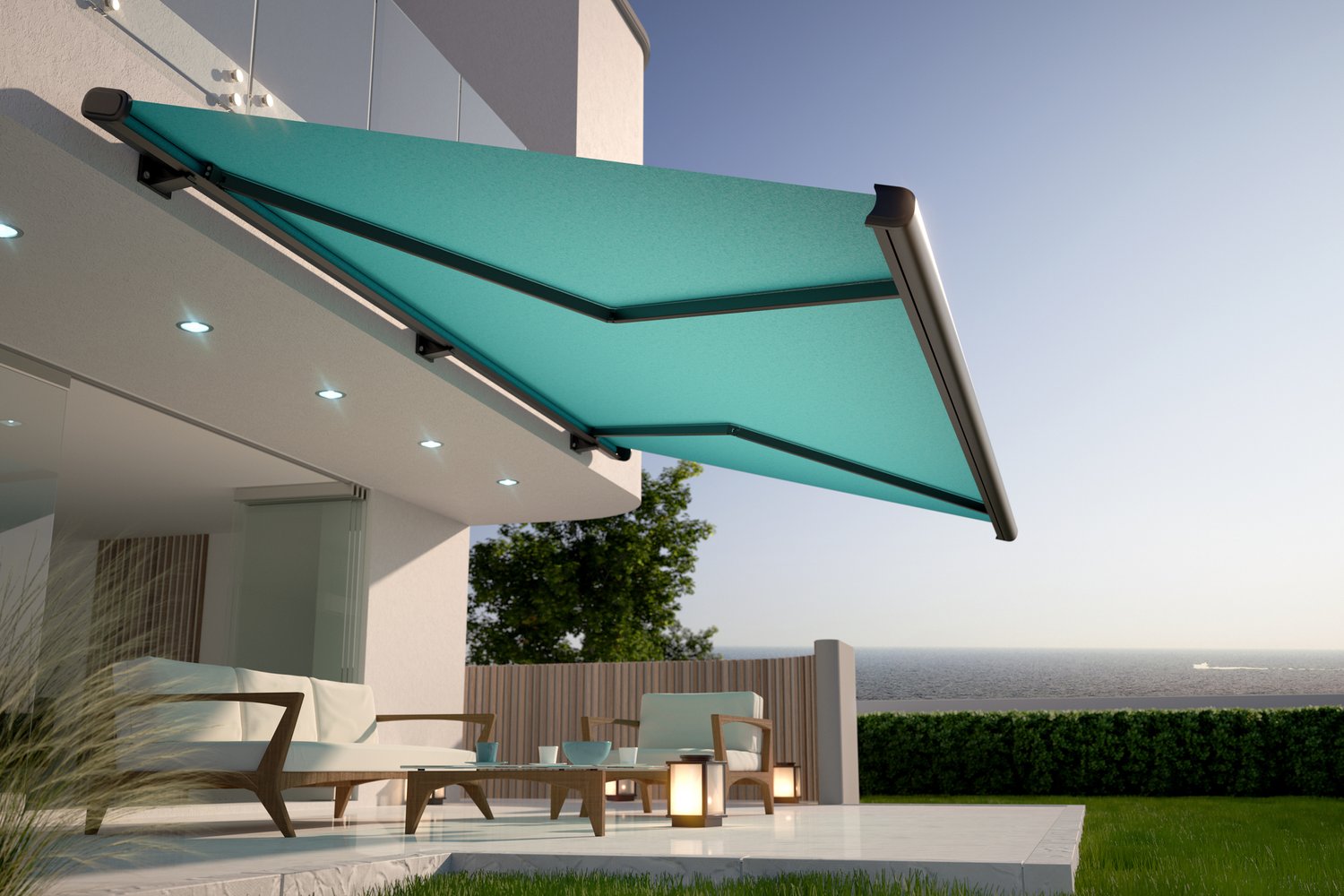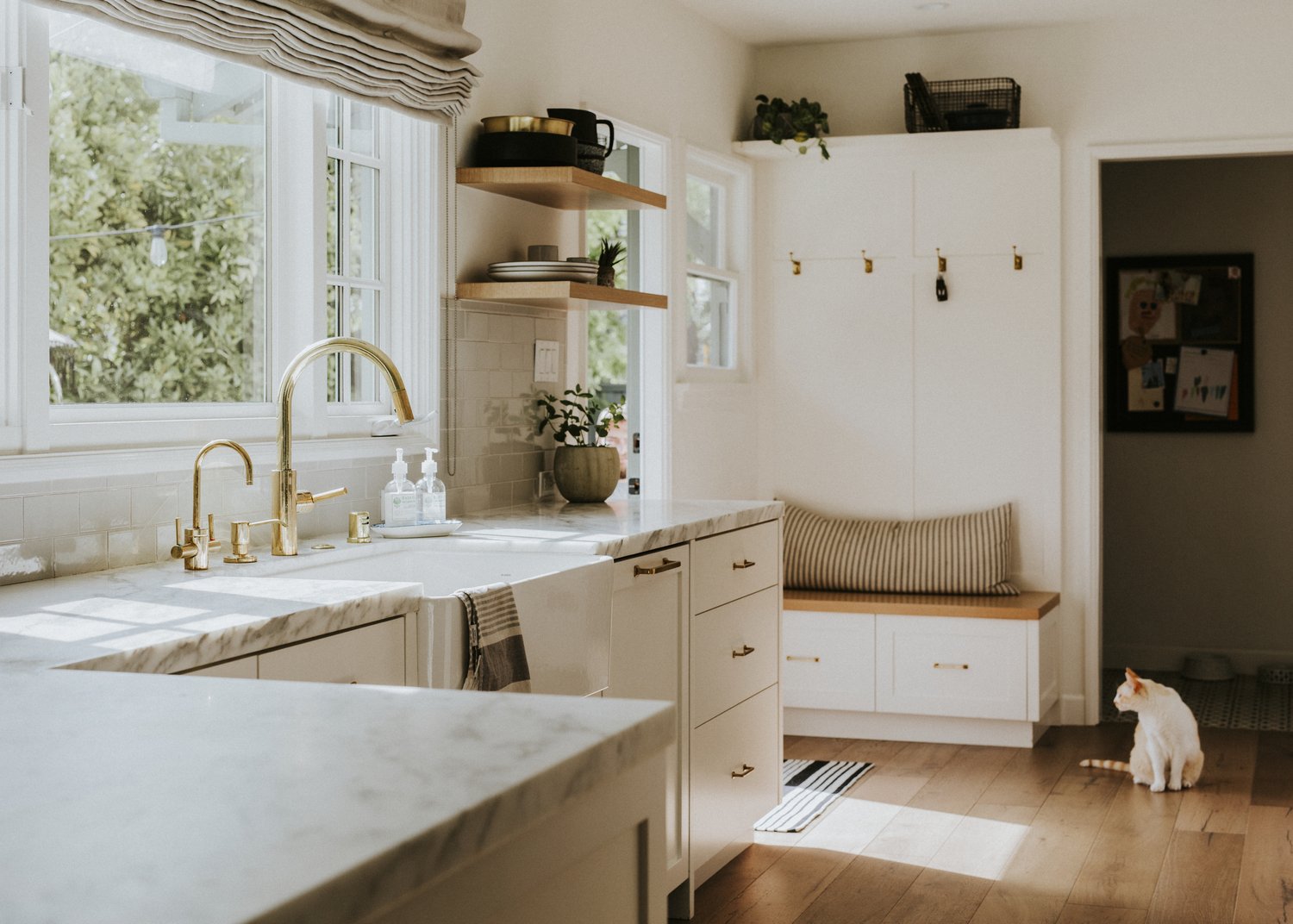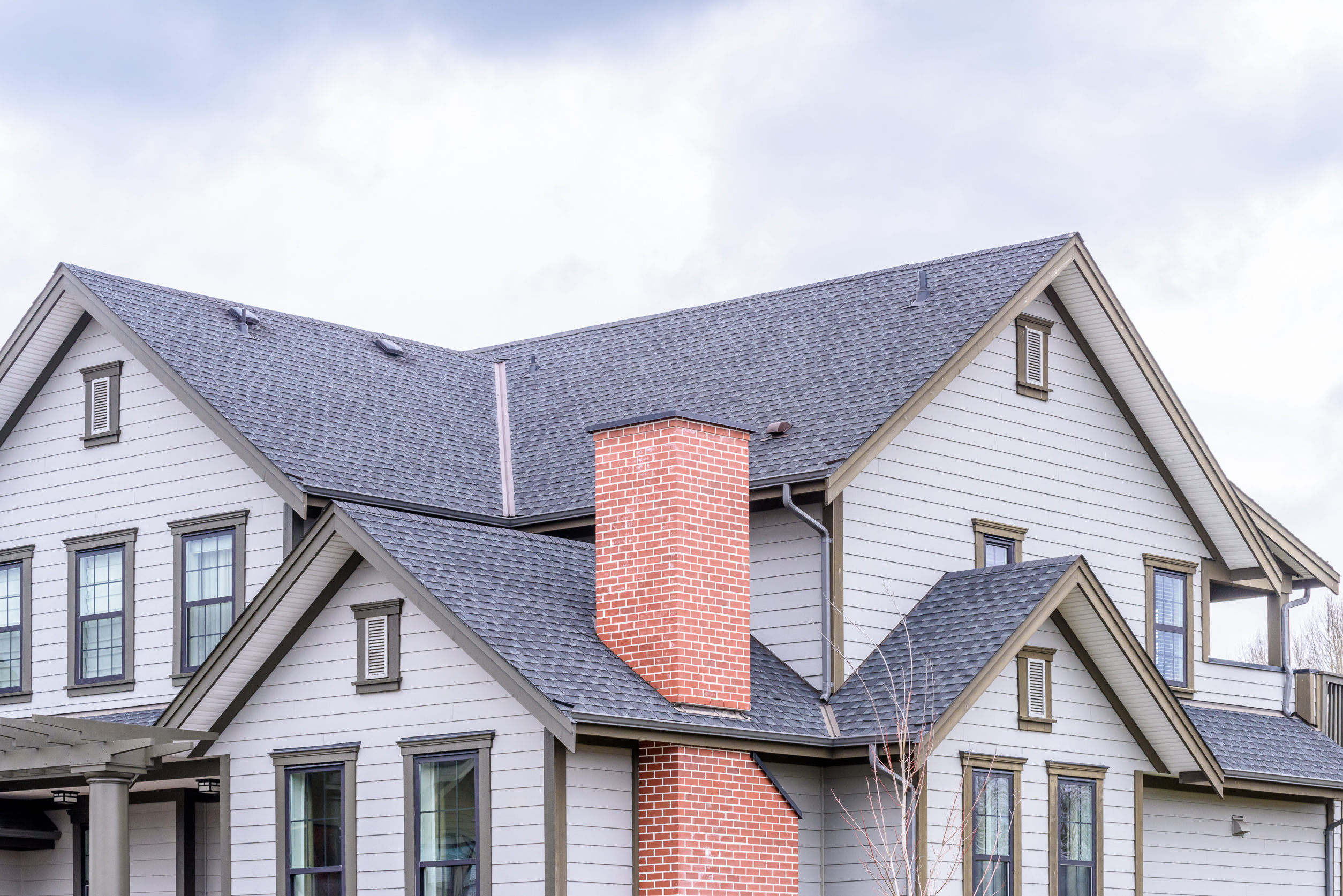Transforming your outdoor space into a comfortable retreat requires thoughtful consideration of shade solutions that adapt to changing weather conditions. Retractable awnings offer a versatile option for homeowners looking to enhance their patios and decks while providing protection from the sun and light rain. This article explores the various types of retractable awnings available, their costs, installation considerations, and their benefits to outdoor living spaces. Whether you’re considering motorized patio awning options or researching affordable deck shade solutions, this guide will help you make an informed decision for your home.
Understanding Retractable Awning Benefits
Retractable awnings provide the perfect balance between sun and shade, allowing homeowners to precisely control their outdoor environment. Unlike permanent structures, these adaptable coverings can be extended during intense sunlight or retracted to enjoy pleasant weather. Their flexibility makes them ideal for variable climates. Beyond comfort, retractable awnings offer significant energy savings by reducing solar heat gain through windows and glass doors, potentially lowering cooling costs by 25% during summer. They also protect outdoor furniture, decking materials, and interior furnishings from UV damage, extending the life of your investments. Many homeowners appreciate how retractable awnings create an outdoor room feel on their patio or deck, effectively increasing usable living space without the cost of a full enclosure.
Types of Retractable Awnings
The market offers several retractable awning options to suit different needs and preferences. Manual retractable awnings operate with a hand crank system, providing an affordable entry point for homeowners seeking basic deck shade solutions. These systems require physical effort to extend and retract, but eliminate concerns about power outages or mechanical failures. Motorized patio awning options represent the next tier, offering convenience through remote control operation. Most motorized systems can be programmed to automatically retract in high winds, extending the awning’s lifespan. Premium models include innovative features that integrate with home automation systems, responding to weather conditions, time of day, or even voice commands. For those with unique architectural requirements, lateral arm, drop arm, and pergola-style awnings provide specialized solutions to address specific installation challenges or aesthetic preferences.
Retractable Awning Cost Considerations
Understanding retractable awning cost factors helps homeowners budget appropriately for this outdoor improvement. Entry-level manual systems typically start around $500-$1,000 for smaller dimensions, while standard motorized options begin at $2,000-$3,000. Premium motorized systems with weather sensors and smart home integration can range from $3,500 to $7,000 or more. According to recent retractable awning install reviews, size significantly impacts pricing, with each additional foot of width increasing costs by approximately $100-$200. Fabric selection also influences cost, with acrylic fabrics offering superior durability and color retention compared to polyester options, though at a higher price point. Some homeowners include features like integrated LED lighting, heating elements, or protective covers, each adding $300-$800 to the total investment. When researching providers, many customers on AskHomey recommend obtaining at least three quotes to compare prices, warranty coverage, and installation expertise.
Installation Considerations
Professional installation ensures optimal performance and longevity of retractable awnings. The process typically begins with a site assessment to determine mounting requirements and identify potential obstacles. Depending on complexity, most installations take 2-4 hours, with experienced teams handling everything from securing mounting brackets to testing operational features. Wall-mounted installations, requiring solid substrate materials like wood, brick, or concrete for proper support, remain common. Roof-mounted options suit homes where wall mounting isn’t feasible, though they generally require additional waterproofing considerations. Soffit mounts or free-standing frames provide alternatives for challenging situations, though these typically increase installation complexity and cost. Homeowners should verify that installers carry appropriate insurance and provide warranties for the product and installation work. Retractable awning install reviews frequently emphasize that proper installation proves more important than minor price differences when evaluating overall value.
Maintenance and Longevity
Proper maintenance significantly extends the lifespan of retractable awnings. Most quality products last 8-15 years with appropriate care, which includes regular cleaning to prevent dirt accumulation and mildew growth. Fabric should be cleaned with mild soap solutions and never high-pressure washing, which can damage water-repellent coatings. Mechanical components benefit from annual lubrication of moving parts and inspection of mounting hardware. When not used during extreme weather or winter, retraction protects the system from unnecessary strain. Many motorized patio awning options include wind sensors that automatically retract the awning during high winds, a feature frequently praised in owner reviews. Protective covers shield mechanisms from ice and snow accumulation for seasonal storage in harsh winter climates, preventing potential damage during off-seasons.
For more tips and to connect with reliable home service professionals, follow AskHomey on Facebook and Instagram.



